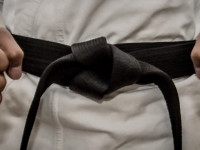So I was cleaning my study, and I stumbled across my old dietary plan from 2012. This was most likely in preparation for an event as it was a short-term plan. An old training partner gave me the nickname "Bamboo", hence the title "Bamboo Diet". Here is a downloadable file should you like a copy for reference or guide…
Learn more
Dietary Plan – Sample




